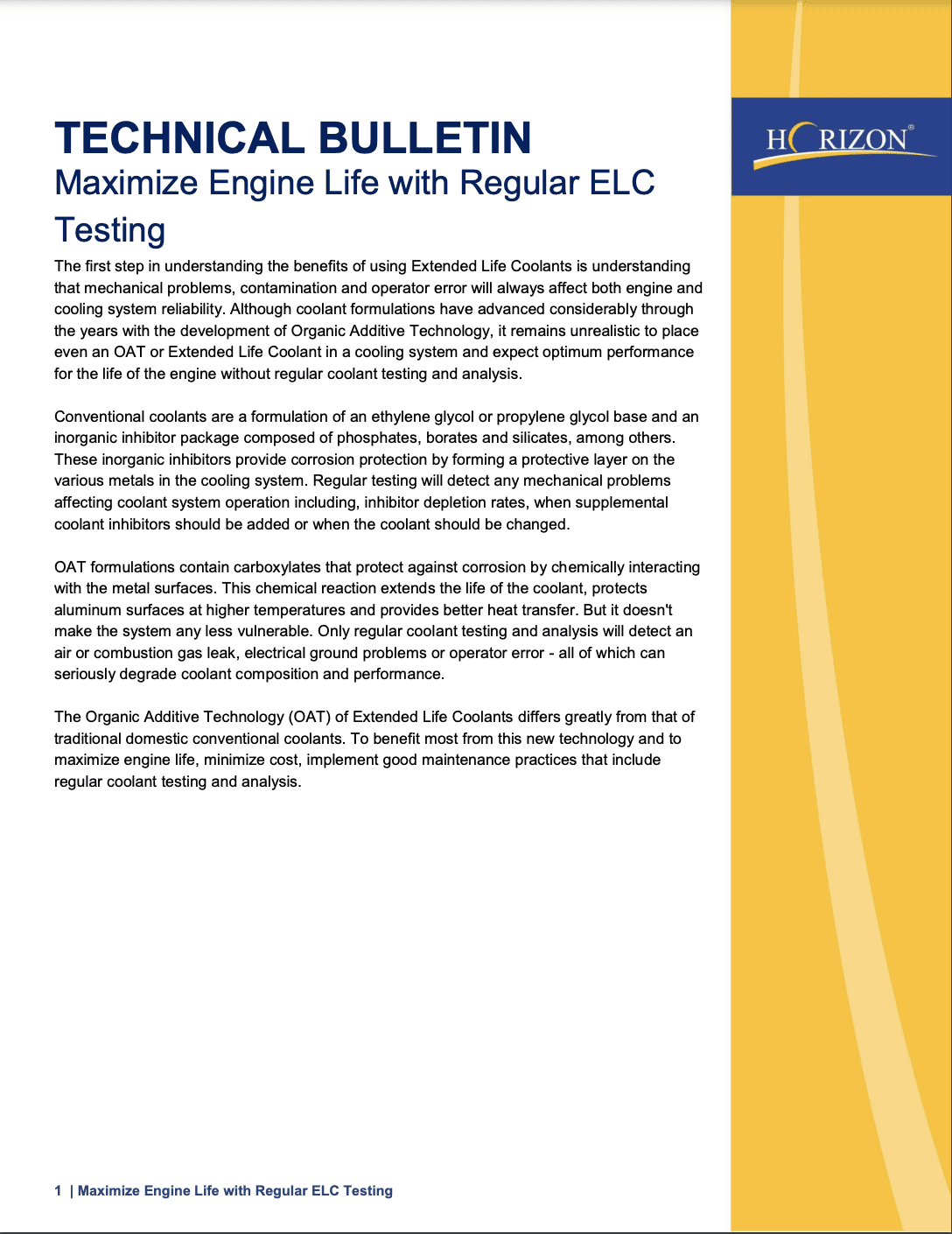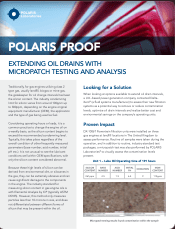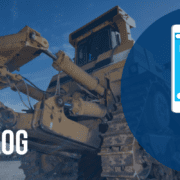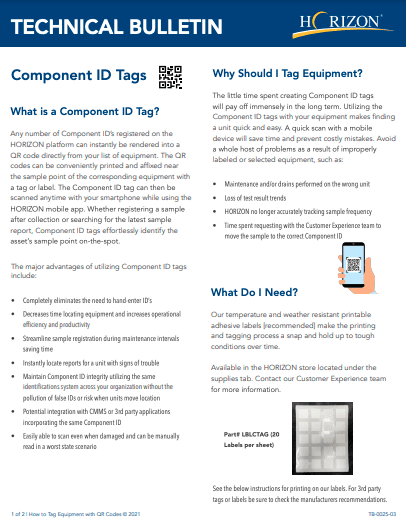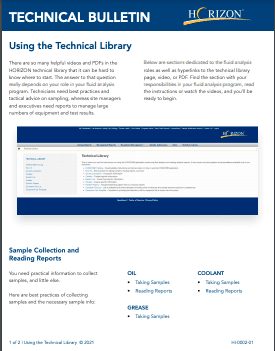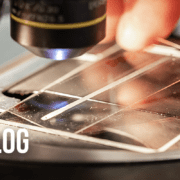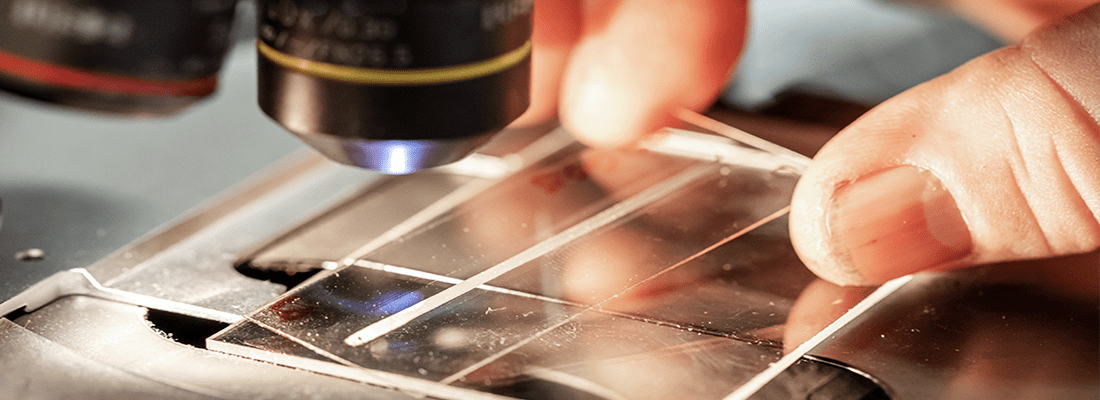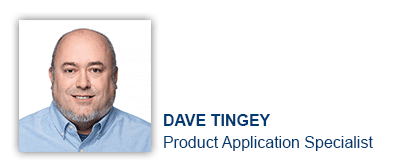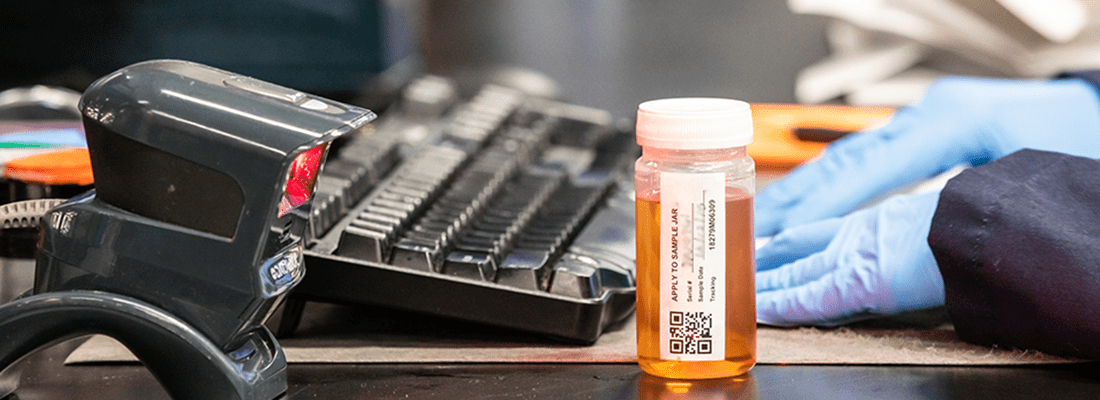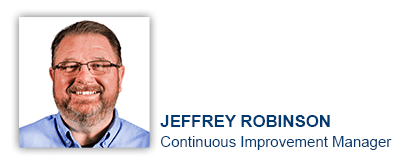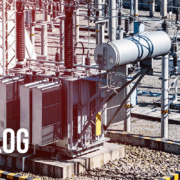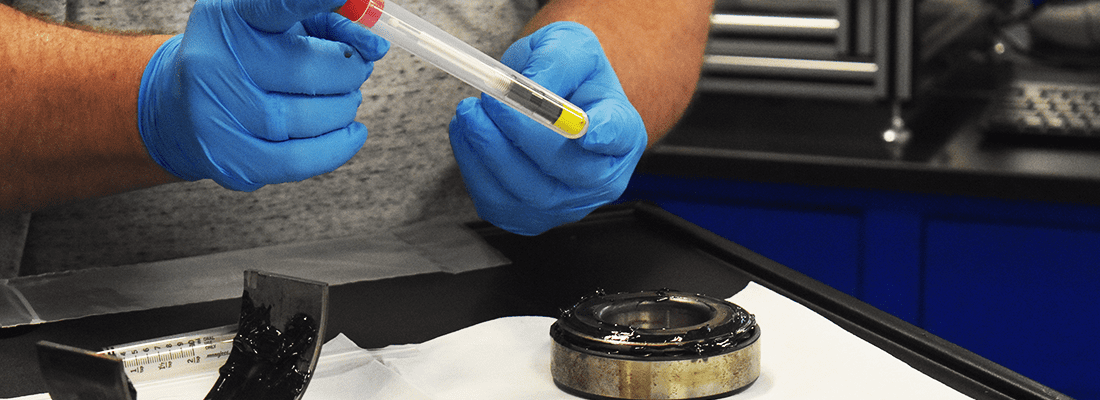International Shipping Made Easy with POLARIS Laboratories® Europe
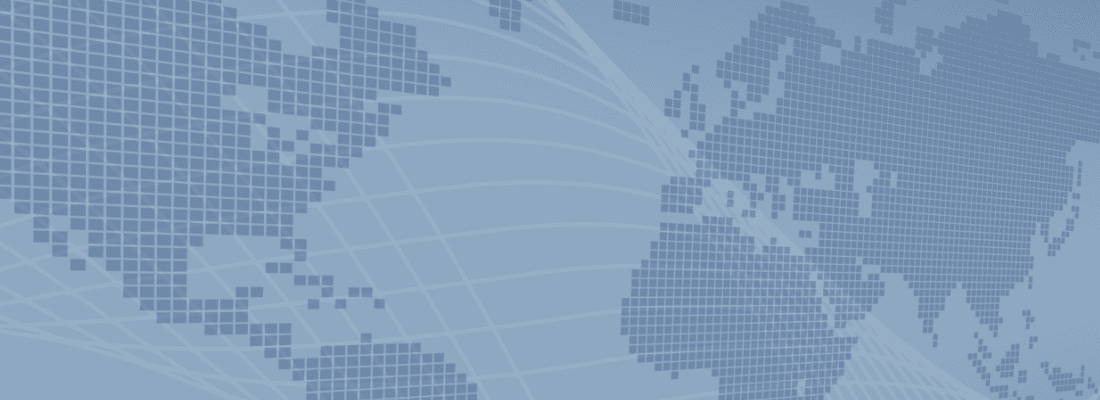
If the last two years have taught us anything, it is that shipping fluid analysis samples internationally has become more challenging. These challenges come from changing regulations around Brexit as well as COVID-19-related issues with sending and receiving shipments in these arduous times.
Solving these international shipping problems has been a key factor for POLARIS Laboratories in Europe. We strive to allow the seamless continuation of our customer’s analysis programs and the timely, cost-effective delivery of all samples to our laboratory located in Poznan, Poland.
Because our facility is located within the EU Economic Zone, this alleviates any Brexit-related customs issues and costs when shipping samples to a UK-based laboratory. Additionally, for any UK-based customers, we have a collection point located in the UK, which removes any complexities and additional costs for customers when using POLARIS Laboratories® for their fluid analysis programs.
What’s more, we also have strategically located sample collection points in Antwerp, Cologne and Istanbul – which allows customers located in these markets to send in samples locally. All our collection points utilize a global courier for next-working-day delivery of all samples from each collection point to the laboratory.
POLARIS Laboratories® offers larger customers the opportunity to utilize our own courier accounts, which further eases the complexity and costs associated with shipping samples to our laboratory.
When you switch to POLARIS Laboratories®, you save time and money – not only on shipping samples, but also on maintenance & reliability budgets as a whole.
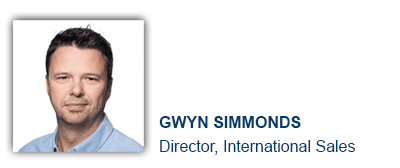
Proven Impact. Proven Uptime. Proven Savings.
Let us prove it to you.
Published February 3, 2022





